Purchasing a CMM represents a substantial investment for many companies, and understanding the many factors involved can be daunting. To make a truly educated decision takes advanced expertise in dimensional metrology and years of experience in quality inspection at a high level. Some companies gloss over the necessity of such an investment or even skip outsourcing inspection altogether, but not knowing when it’s best to bring the CMM process in-house vs. outsourcing can present a wide range of risks, such as issues with the company’s production quality and burning through precious funds and resources.
Q-PLUS Labs aims to help companies decide on the right CMM without having to do hours and hours of research. Although we always recommend that companies do their homework when deciding on such mission-critical equipment, we want to help make it easier for companies to know when is the right time to invest in a CMM, or if it’s even necessary at all. Would they be better off outsourcing the CMM inspection process to an independent laboratory? Or would it be better to bring this part of the quality inspection process in-house (or somewhere in between)? What are the hidden costs? Do they have the right personnel to program, operate, and maintain a CMM? Do they require CMM quality verification regularly (in addition to periodic calibration)? Q-PLUS Labs wants to make it as simple as possible. Check out our questionnaire below to see the question companies SHOULD be asking when making such an important decision.
Stay tuned for our upcoming eBook Summer 2020! Q-PLUS Labs will answer these questions in depth so companies can truly make an educated decision on what REALLY can be a million-dollar question!
What should companies consider before purchasing a CMM?
- What is the #1 issue companies face when it comes to purchasing a CMM?
- What about companies that think their manufacturing process is so good that they don’t need a CMM?
- What factors do companies often overlook when choosing equipment? Cost of Ownership (e.g. training operators, software and hardware maintenance, annual calibration, etc.)
- When should companies outsource to a quality lab vs. an in-house CMM?
- What are the benefits of outsourcing quality inspection to a professional lab?
- Will a CMM create a bottleneck in the manufacturing process?
- Is there a need to purchase more than one CMM?
- What are the pros and cons of automated CNC CMMs vs Manual CMMs?
- What percentage of parts have CAD models associated with them versus parts that only have engineering drawings? (This will help justify the cost of a MBI—model-based inspection—capable CMM.)
- What qualifications are needed to program and operate the CMM?
- Environment – Where will the CMM be located?
- On the shop-floor? Is there oil in the air? Dust/debris? Should the CMM be shop-floor hardened?
- Is the room temperature-controlled? Will it be placed in a clean environment?
- Does the ceiling height accommodate a CMM?
- If it is a large CMM, does the foundation accommodate the weight of the machine?
- What needs to be measured?
- What are the sizes of the parts? (This plays a significant role in deciding on the size of the CMM to consider.)
What type of probing is required? (Probing, in itself, contains a whole list of questions!)
- Continuous contact scanning (Probe maintains constant contact with the part while moving over a surface. The more data, the more comprehensive and therefore the more accurate the measurement.)
- Non-contact scan (Data collected continuously without touching the part—this is often done with a laser or vision probe, but other technologies exist as well.)
- Point probing (Where single points are inspected one at a time.)
What is the accuracy requirement? (Not all CMMs are the same!)
- What are the tightest tolerances required, and what are the nominal feature sizes associated with those tolerances?
What are the part attributes?
- What are the part features to be measured? (Holes, surfaces, cylinders, etc.)
- Is the part prismatic (basic geometry shapes – holes, cylinders, squares) or non-prismatic (lofted surfaces, etc.)?
- What is the accessibility of the feature? (Example: how deep is it?)
- Are there difficult to see features (such as undercuts) that will require special styli?
- Orientation of the features? Are your parts 3, 4, 5-axis machined parts? Are they complex castings? This will help determine whether or not to go with an articulating probe head.
- What are the smallest feature sizes?
- What are the characteristics? (e.g. True position of threaded holes? Circularity? Perpendicularity? Profile of a surface?)
- Will the CMM measure ALL of the part dimensions, or will other specialized instruments (besides hand tools) or machines such as contour tracers, surface roughness analyzers, and roundness/form testers be needed?
What top CMMs on the market meet these requirements?
- What CMM manufacturers should buyers look at?
- What are the pros and cons of the various CMM types and models?
- What software modules should be considered? (Many software options out there are modularized. There are even specialized modules for complex parts, like gears, airfoils, etc.)

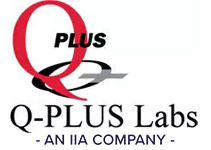


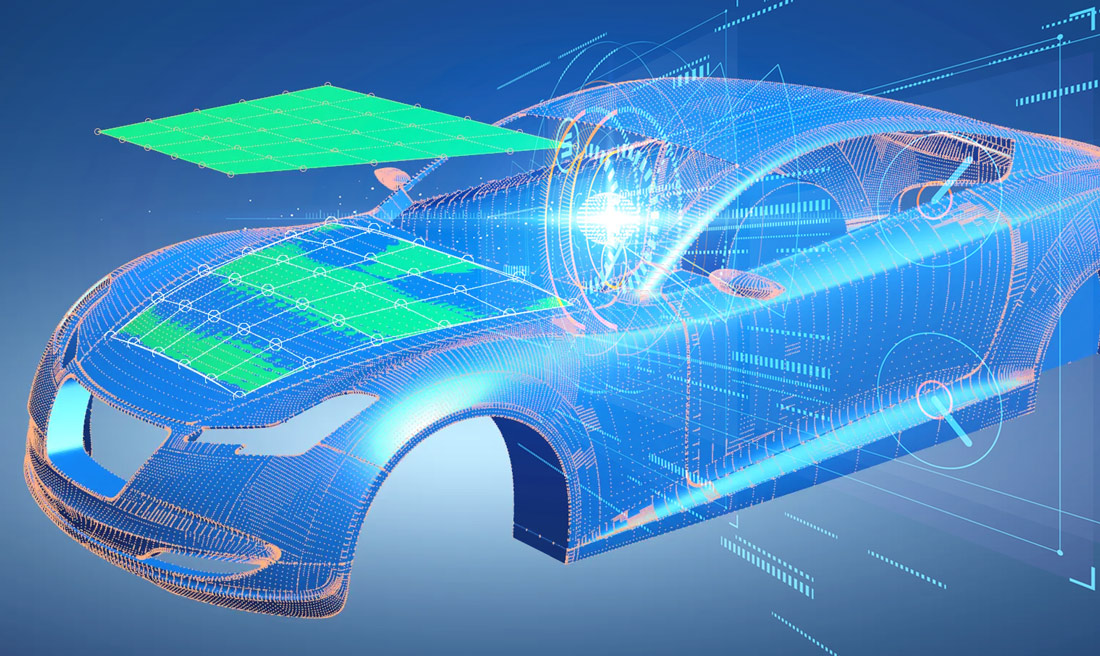
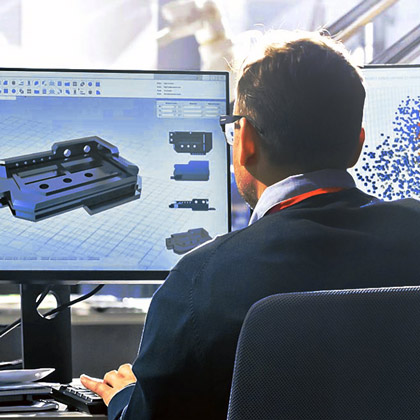
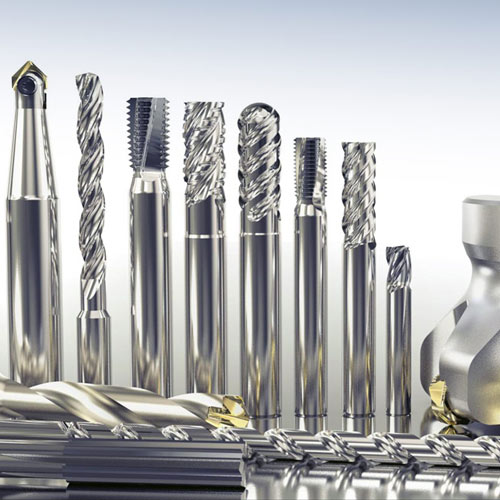
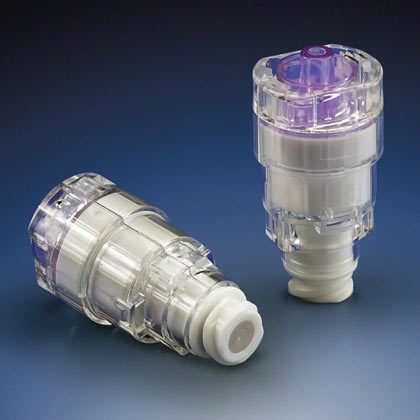
Leave A Comment
You must be logged in to post a comment.